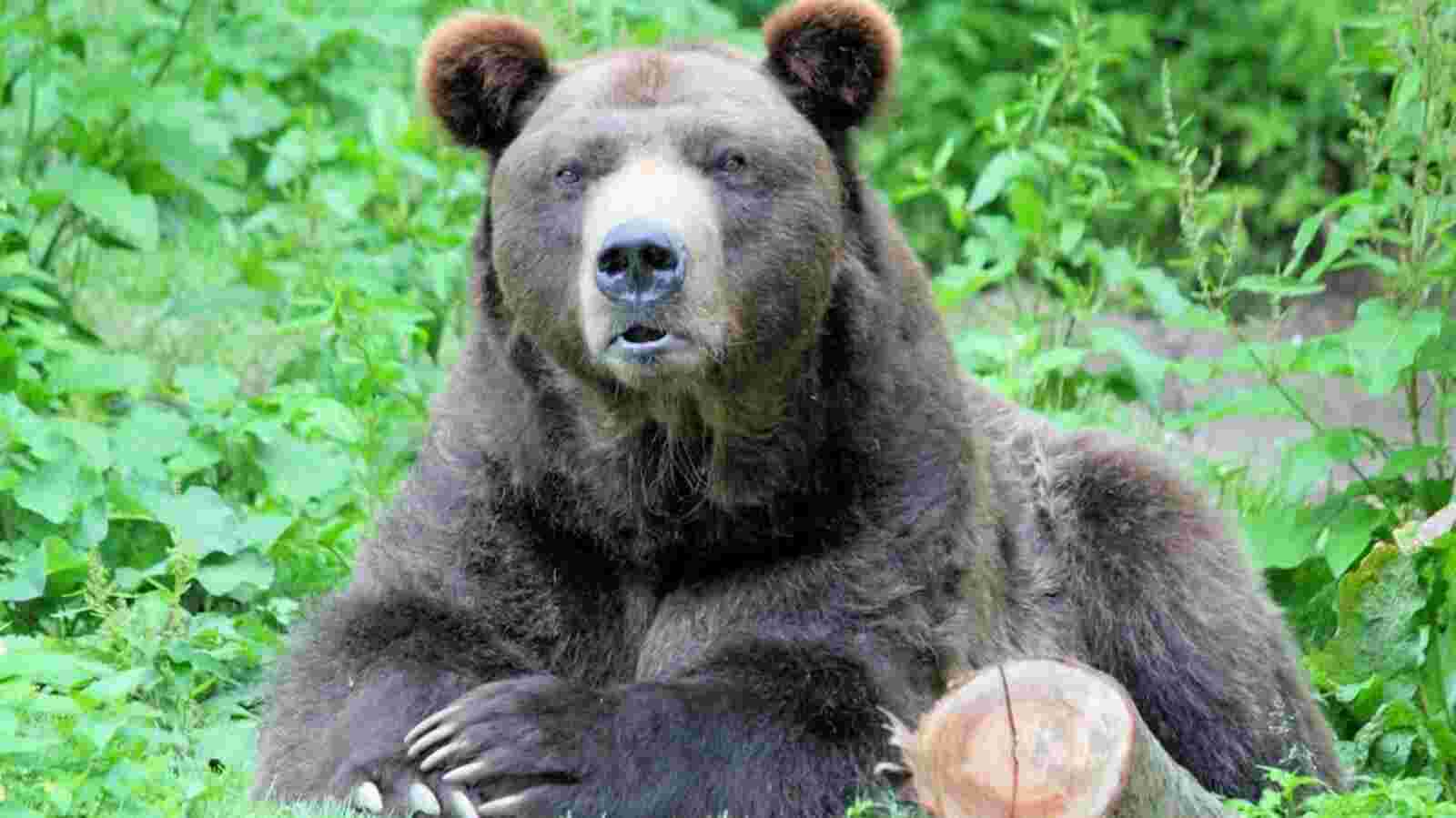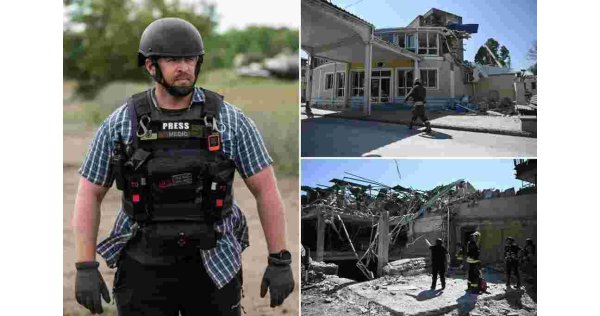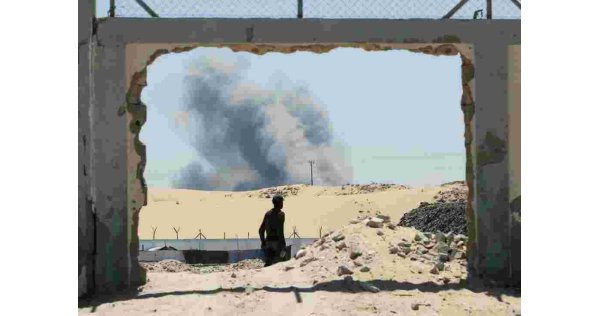A Montana man, aged 72, was forced to shoot and kill a grizzly bear in self-defence on Thursday while picking huckleberries in Flathead National Forest. The incident, which occurred approximately 2 miles north of Columbia Falls, resulted in the man being hospitalized with undisclosed injuries. Montana Fish, Wildlife & Parks officials, including bear specialists, confirmed the death of an adult female grizzly, possibly with cubs, in what they deemed a "surprise defensive encounter." The encounter underscores the unpredictable nature of wildlife encounters and the importance of preparedness and awareness when venturing into bear habitats.
In a separate incident, Montana Fish, Wildlife & Parks staffers humanely put down another grizzly bear with a history of home intrusions and food theft in the Gardiner area, one of the entrances to Yellowstone National Park. This bear's repeated conflicts with humans highlight the ongoing challenges of managing human-wildlife interactions, especially in areas where human development overlaps with wildlife habitats.
These incidents serve as a stark reminder of the potential dangers posed by wildlife encounters and the sometimes difficult decisions that must be made to ensure human safety and wildlife management. As human-wildlife interactions continue to increase due to expanding human populations and habitat encroachment, it becomes increasingly crucial to prioritize education, prevention, and responsible wildlife management strategies.
Man, 72, kills grizzly bear in self-defence after being attacked in Montana
Officials determined his self-defence to be a “surprise defensive encounter”




